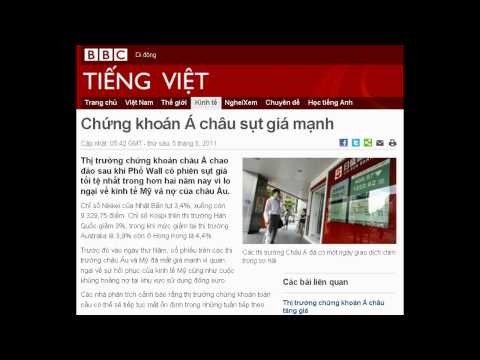COLUMNFinding wiser choices in smart beta funds
Post on: 15 Июнь, 2015 No Comment

(The opinions expressed here are those of the author, a columnist for Reuters)
CHICAGO, June 9 (Reuters) — Ever since the dot-com crash more than a decade ago, Wall Street and the mutual fund industry have been on a relentless push to plug smart beta funds, also known as alternative or strategic beta products. The funds promise reasonable returns with lower risk by focusing on older, steadier companies with consistent dividends.
But pursuing a smart-beta strategy isn’t as simple as just buying a fund with that name and thinking it will outperform conventional index funds. There’s always a trade-off in costs, risk and return, so you need to dig much deeper to get beyond simplistic marketing pitches.
For example, let’s say you were seeking an alternative strategy and were sour on the 150 or so S&P 500 index funds on the market that weight their stock holdings by the popularity or market valuation of the stocks within the index.
Under the dominant cap-weighting design, top holdings of a typical S&P 500 index exchange-traded fund would have Apple Inc at about 3 percent of the portfolio, followed by Exxon Mobil Corp at 2.6 percent and Microsoft Corp. at just under 2 percent. Every other stock in the portfolio would represent a slightly lower percentage of the total holdings.
The idea behind cap-weighting is that the most-popular U.S. stocks represent the largest portions of the portfolio. This is what economist John Maynard Keynes called a beauty contest, with investors bidding up the prices of the most glamorous stocks. The downside is that these companies may be overpriced and may not have as much room to grow as other, bargain-priced stocks.
One alternative in the smart beta fund category is an equal-weighted stock index fund such as the Guggenheim S&P 500 Equal-weighted ETF, which holds the same stocks as the S&P Index, only in equal proportions. This design somewhat side-steps the overpricing issue because it’s less exposed to beauty contestants, especially when they falter a bit.
To date, both the long- and short-term performance of the equal-weighted strategy has been better than the cap-weighted index funds. The Guggenheim fund has beaten the S&P 500 index over the past three, five and 10 years. With an annualized return of 9.7 percent over the past decade through June 6, it’s topped the S&P index by more than two percentage points over that period. But it costs 0.40 percent for annual expenses, compared with 0.09 percent for the SPDR S&P 500 Index ETF .
Once you start to ignore the beauty pageant for stocks, is there an even smarter beta strategy? What if you picked the best stocks based on a combination of value, sales, cash flow and dividends? You might find even more bargains in this pool of companies. They’d have strong fundamentals and might be more consistently profitable over time.
One leading fundamentally weighted portfolio, which also resides under the smart beta umbrella, is the PowerShares FTSE RAFI US 1000 ETF, which also has outperformed the S&P 500 by about two percentage points over the past five years with an annualized return of 20 percent through June 6. It costs 0.39 percent annually for management expenses.

The PowerShares fund owns some of the most-popular S&P Index stocks like Exxon Mobil, Chevron Corp and AT&T Inc. only in much different proportions relative to the cap-weighted indexes. The RAFI approach focuses more on cash, dividends and finding undervalued companies, so it’s not necessarily looking for the most-popular stocks.
Although looking at the rear-view mirror for index-beating returns seems to make equal- and fundamental-weighted strategies appear promising long term, you also have to look at internal expenses to see which strategy might have the edge.
Turnover, or the percentage of the portfolio that’s bought and sold in a year, is worth gauging in both funds. Generally, the higher the turnover, the more costly the fund is to run. That eats into your total return. The PowerShares fund has the advantage here with an annual turnover of 13 percent, compared to 37 percent for the Guggenheim fund.
Over the long term, fundamentally weighted smart beta strategies are likely to outperform the equal weighted approach, note Engin Kose and Max Moroz with Research Affiliates, a financial research company based in Newport Beach, California, which largely developed the concept of fundamental weighting and is behind RAFI-named indexes.
But just considering costs doesn’t end the debate on equal- and fundamentally weighted funds. While they may be higher-performing than most U.S. stock index funds over time, they are not immune from downturns. Both lost more than the S&P 500 in 2008 and 2011.
While it may be difficult to predict how these funds will perform in a flat economy or a sell-off, they are worth considering to replace your core stock holdings, and may be the wisest choices among the smarter strategies. (Follow us @ReutersMoney or here ; Editing by Beth Pinsker and Dan Grebler)














